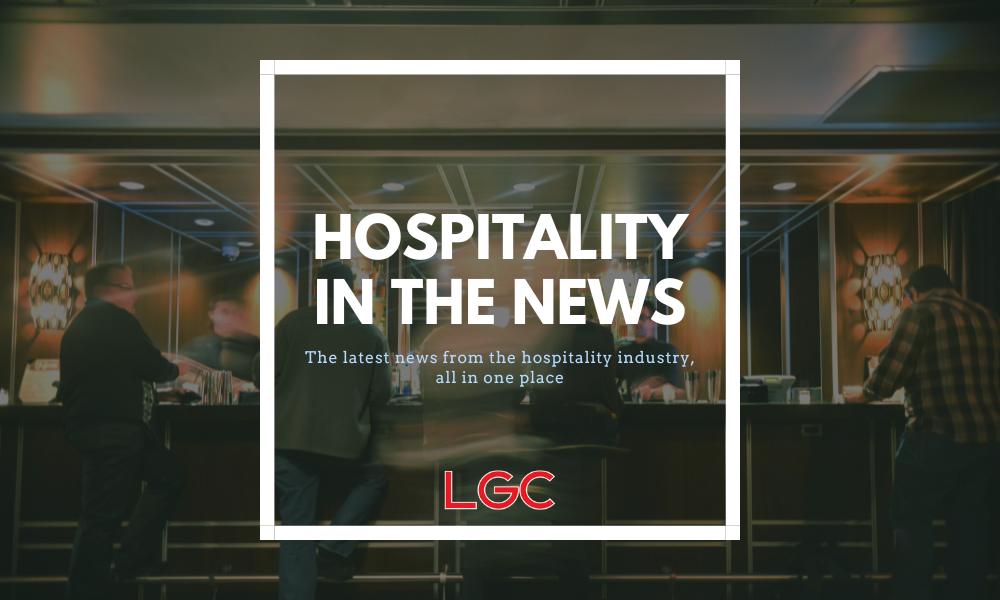In last week’s Hospitality in the News, we discussed how restaurants can improve on their concepts while maintaining the excellent customer service needed to create return guests. In this week’s article we’ll be diving deeper into one of those concepts – ghost kitchens – to learn more about how they affect the hospitality industry.
Ghost Kitchens | Part 2
What is a ghost kitchen?
A ghost kitchen, known sometimes as a virtual kitchen or dark kitchen, is a professional food preparation and cooking facility created to produce delivery-only meals, “by condensing the restaurant model to accommodate off-premise food sales without a traditional dine-in space. Instead of seating guests indoors, deliveries made by the restaurant or by a third-party service are the mainstay” (according to Restaurant Business Online (RBO).) Basically, a fully functional kitchen is set up to create restaurant-quality delivery meals without the need for dine in (or even to-go) business –– extremely well timed during a pandemic.
Although ghost kitchens have been popping up for a few years, they’ve experienced massive growth due to the coronavirus emergence in early 2020. RBO reports, “The boom in ghost kitchens catalyzed by the coronavirus will likely outlast the pandemic itself: According to Technomic, sales via ghost restaurants from 300 facilities in the United States will rise by a projected 25% each year for the next 5 years—an estimated $300 million in yearly sales.” It’s safe to say that ghost kitchens are here to stay.
What’s the difference?
In order to fully understand why ghost kitchens exist, it’s necessary to look at the differences between them and a regular, run of the mill restaurant. For example:
Restaurants prioritize dine in services, while ghost kitchens do not offer a dining area for guests.
While a restaurant only represents one brand (their own), a ghost kitchen can have multiple brands/companies working out of one kitchen.
Ghost kitchens are reliant on delivery drivers (or partnerships with delivery platforms like GrubHub) and chefs, while restaurants often require both positions plus front-of-house staff.
Why choose a ghost kitchen?
Restaurants may decide to utilize a ghost kitchen for several reasons, which can include:
- The coronavirus has made it difficult/impossible/too expensive to allow dine-in guests.
- A restaurant wants to open another location and uses a ghost kitchen “to launch an entirely new business, or to expand the delivery range for an existing brand.”
- Interest in offering delivery services without wanting to lose money partnering with a delivery platform.
According to 9Fold, there are 6 key benefits for restaurants partnering with ghost kitchens:
- Reduced rent
- Lower overhead costs
- Maximized workflows
- Ability to meet modern delivery demands
- Increases speed to market
- Frees up resources to implement digital branding and marketing campaigns
9Fold goes on to explain these benefits; Because ghost kitchens require a smaller space, have more flexibility in terms of location, and typically require less staff, lower costs can be expected as opposed to running a traditional restaurant. When solely focusing on delivery, restaurants can streamline their menu’s and make food the center point of their operation. In addition, if a brand or restaurant wants to open a new ‘location’, the process can happen much quicker without the need to find a physical space.
Due to the relatively recent emergence of ghost kitchens, it’s hard to measure the long-term effects they have on businesses. Regardless, the current data suggests that partnering with a virtual kitchen is a great way to lower costs, focus on and improve your concept, and safely service customers during a pandemic.
LGC Hospitality provides staff in a variety of positions, including delivery drivers! Contact us today to find flexible employees to supplement open spots on your team.

